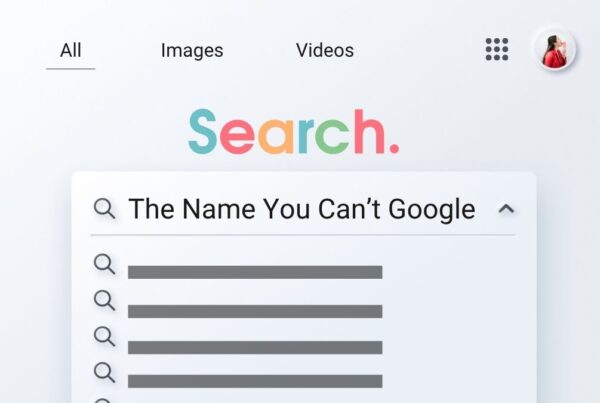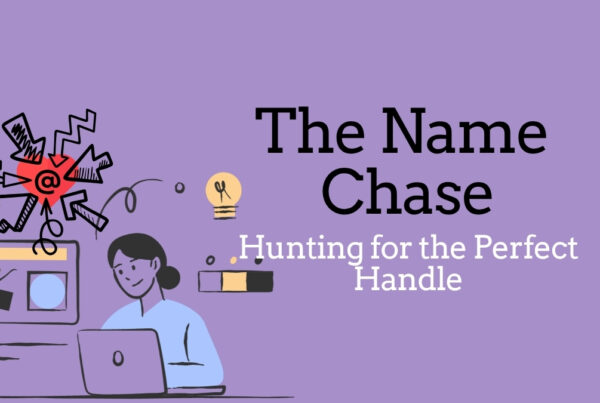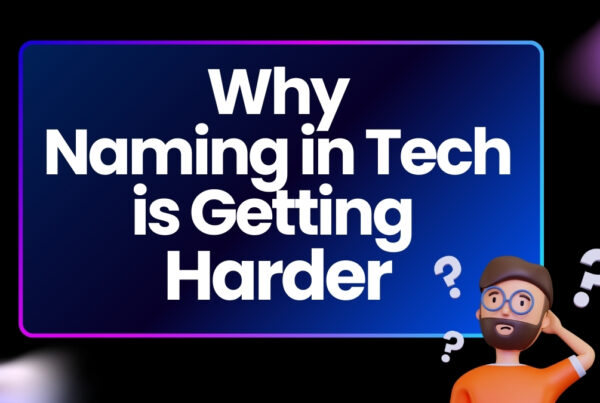Turning Threads Into Voice
The Rise of Audio-First Content
Consumption of content has evolved. Swiping and scrolling remain popular, but more people are beginning to listen rather than read. Audio content is becoming more popular, whether it’s for commuting, working out, or simply being tired of screens. Twitter/X threads are a hidden treasure trove for audio stuff.
A tool or service that converts written Twitter/X threads into spoken-word audio is called the Audio Tweet Narrator. The idea is straightforward: increase the accessibility, portability, and engagement of social media material by using your voice or one produced by artificial intelligence.
Why Turn Tweets Into Audio?
1. Accessibility
Twitter/X can be challenging for users who are blind or visually impaired to utilize. That obstacle is eliminated by audio narration of the threads. Presenting tweets as seamless, cohesive narratives is more important than simply reading them out loud.
2. Convenience for Busy Users
Not everyone has the time to read through threads with twenty posts. People can passively absorb content through audio while exercising, cleaning, walking, or driving. By itself, the convenience opens up a whole new market.
3. Content Recycling for Creators
You’ve already done the effort if you’re a creator who posts in-depth threads. Creating audio from such content gives it a new lease on life. It can be used for YouTube Shorts, TikTok, or Reels, or it can be published as a podcast or included in newsletters.
How It Works
Audio Tweet Narrator tools can vary in complexity, but the core process tends to follow a simple path:
- Input the Thread URL – The user pastes the link to the thread.
- Choose a Voice – This can be the user’s own uploaded voice or a selection of AI voices.
- Style Settings – Adjust tone, pacing, and formatting preferences.
- Generate and Export – Output a high-quality audio file or stream.
Some tools may offer background music, podcast packaging, or direct publishing options.
Use Cases Beyond Accessibility
For Commuters and Multitaskers
Think of it like turning Twitter into a talk radio station. Curated voices narrating trending threads, commentary, and explainers — all available during moments when reading isn’t an option.
For Podcasters and News Curators
Instead of always writing original scripts, creators can build episodes by compiling insightful threads and narrating them. It saves time, builds consistency, and highlights voices across the platform.
For Brands and Thought Leaders
Thought leaders often share ideas on Twitter first. Converting those posts into audio helps reinforce their voice — literally — and spreads their message beyond the app.
How AI Voices Fit In
AI voices come in handy when people aren’t ready to record their own narration. They are quick, adaptable, and becoming more organic. Creators can select voices that match their gender, accent, tone, or delivery style by adjusting the appropriate settings.
AI also enables quick turnaround. It takes less than five minutes to narrate and publish a morning thread.
Ethical and Attribution Considerations
Always give credit to the person recounting another person’s thread. Obtaining their consent is ideal, particularly if you want to share or monetize the content. While some creators may desire control over the recycling of their work, others may embrace the publicity.
As AI voices become more lifelike, it’s also critical to note that the audio was produced by a machine, particularly when it mimics the voices of actual people.
What Makes a Thread Audio-Worthy?
Not all threads are built for audio. The best ones share a few things in common:
- They tell a complete story
- They have clear structure and pacing
- They’re written in a conversational tone
- They spark curiosity or deliver value
Humor, opinion, commentary, and storytelling threads tend to perform especially well.
Tools to Try
While the space is still growing, here are a few types of platforms already offering early versions of this functionality:
- AI podcast generators
- Twitter-to-audio plug-ins or browser extensions
- Voice cloning and voiceover apps with text import options
Some creators are even doing it manually — reading their own tweets into a mic and publishing as short audio clips.
Monetization Opportunities for Creators
In addition to increasing reach, turning Twitter conversations into audio can lead to new revenue streams. As part of a premium membership model, creators can incorporate sponsored messaging, add advertisements, or provide narrated content. Consider a newsletter in which your weekly Twitter analyses are recounted exclusively for subscribers.
Bundling narrated threads into longer-format audio collections is another model. These could be used as lead magnets to expand a mailing list or sold as digital audio goods. This type of merchandise strengthens the bond between you and your audience when combined with a voice that sounds familiar or reliable.
Audio versions of tweet threads can also be published across podcast platforms or YouTube. Even if it’s just auto-uploaded with basic visuals, it gives your content a second chance to be discovered and indexed by search engines.
Emerging Trends and Market Potential
The field is expanding quickly. Innovation can flourish when short-form content and long-form listening behavior are combined. As AI voice technology advances and more consumers look for content that can be accessed while on the go, platforms are probably going to increase their investment in audio thread tools, perhaps even integrating them into X itself.
Prominent figures in the creative economy are already experimenting with methods to increase the relevance of their content. In addition to increasing the amount of time spent with the information, narration adds value and provides additional revenue streams for the same concept. This is a logical next step for producers who prioritize audio or brands who prioritize accessibility.
We might also see voice personalities emerge around narrated Twitter content, the way certain voices dominate TikTok trends. Narration isn’t just functional — it can become part of a creator’s identity.
Community and Audience Growth
Relationships is increased via audio. Text by itself doesn’t create the same feeling of closeness as hearing your voice or a steady narrator read your thoughts. This is important for creators who want to establish relatability, authority, or trust.
In order to re-engage fans who might not interact as much with text posts, some authors are turning to audio narration. It is being used by others to reach audiences on platforms that they are unfamiliar with. From a few tweets, a single narrated thread can be shared on YouTube, Spotify, Substack, and other platforms.
There’s also the potential for collaborations. Writers could team up with voice talent to produce narrated thread series. Voiceover artists could specialize in certain niches: finance, tech, storytelling, commentary, or comedy.
Challenges and Limitations
Despite the potential of audio thread narration, many challenges remain to be addressed. Tone is one difficulty. Sarcasm, jokes, and memes are frequently seen in threads, but they might come off as unprofessional if viewed by the wrong person. Not all posts translate flawlessly into spoken word, and narration that is done poorly can lessen the effect.
Consistency is another problem. Building a devoted, routine-based audience may be more difficult with audio thread content, which is frequently episodic and varies in length in contrast to typical podcasts. For long-term makers employing this medium, striking a balance between spontaneity and structure is crucial.
Additionally, there is the issue of platform policies and copyright. Unauthorized narrating of another person’s work, particularly if it is for profit, may result in removals or negative reactions. Tools must include safeguards or explicit usage rights and attribution policies.
Finally, the technology is still developing. Even while AI voices have significantly improved, they still have flaws. Pacing, emphasis, and emotional nuance might still seem strange, particularly in casual or narrative strands. The restrictions are more obvious in posts that are more intimate.
Final Thoughts
A Twitter thread, which is already recognizable, is transformed into something more vibrant and approachable by audio tweet narrators. The future of thread narration is here, whether you’re a business trying to make your voice heard, a listener seeking hands-free content, or a creator hoping to reach a wider audience.
Selecting your desired sound is the next step.
Exploring other AI-powered content tools? Our next article, AI-Based Test & Quiz Creator Business Names, dives into naming strategies for another fast-growing space — helping you find a brand name that speaks to speed, intelligence, and engagement.




